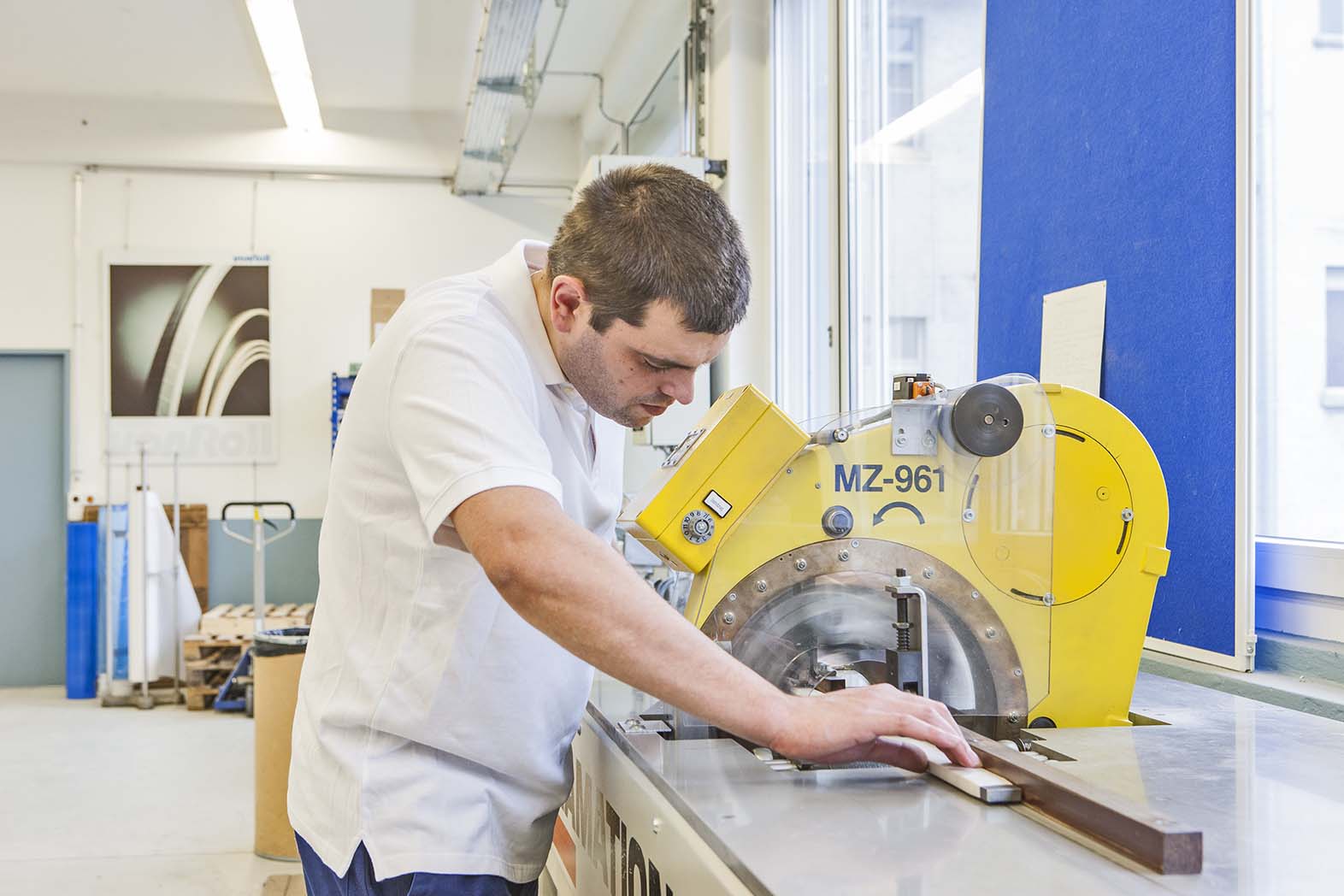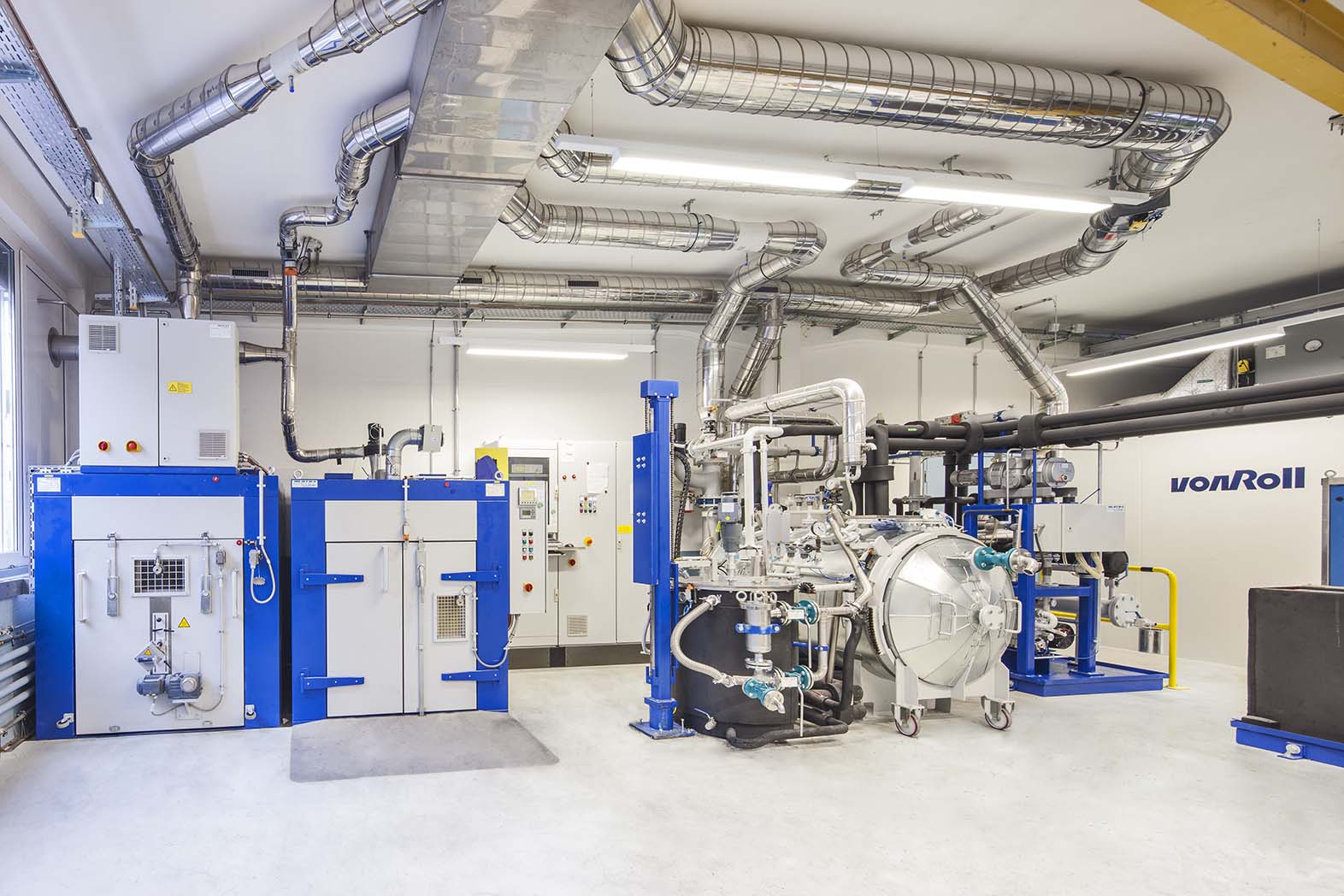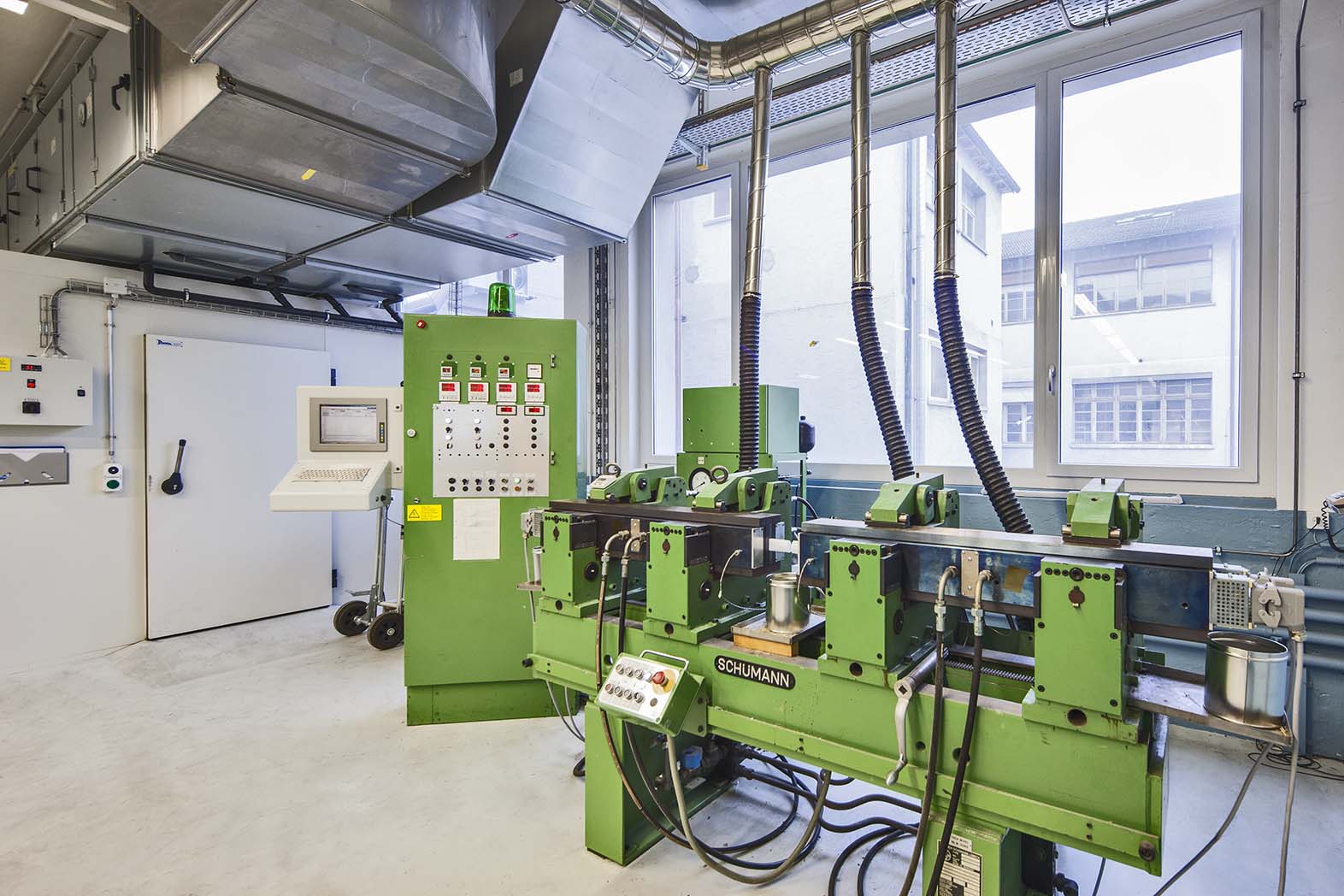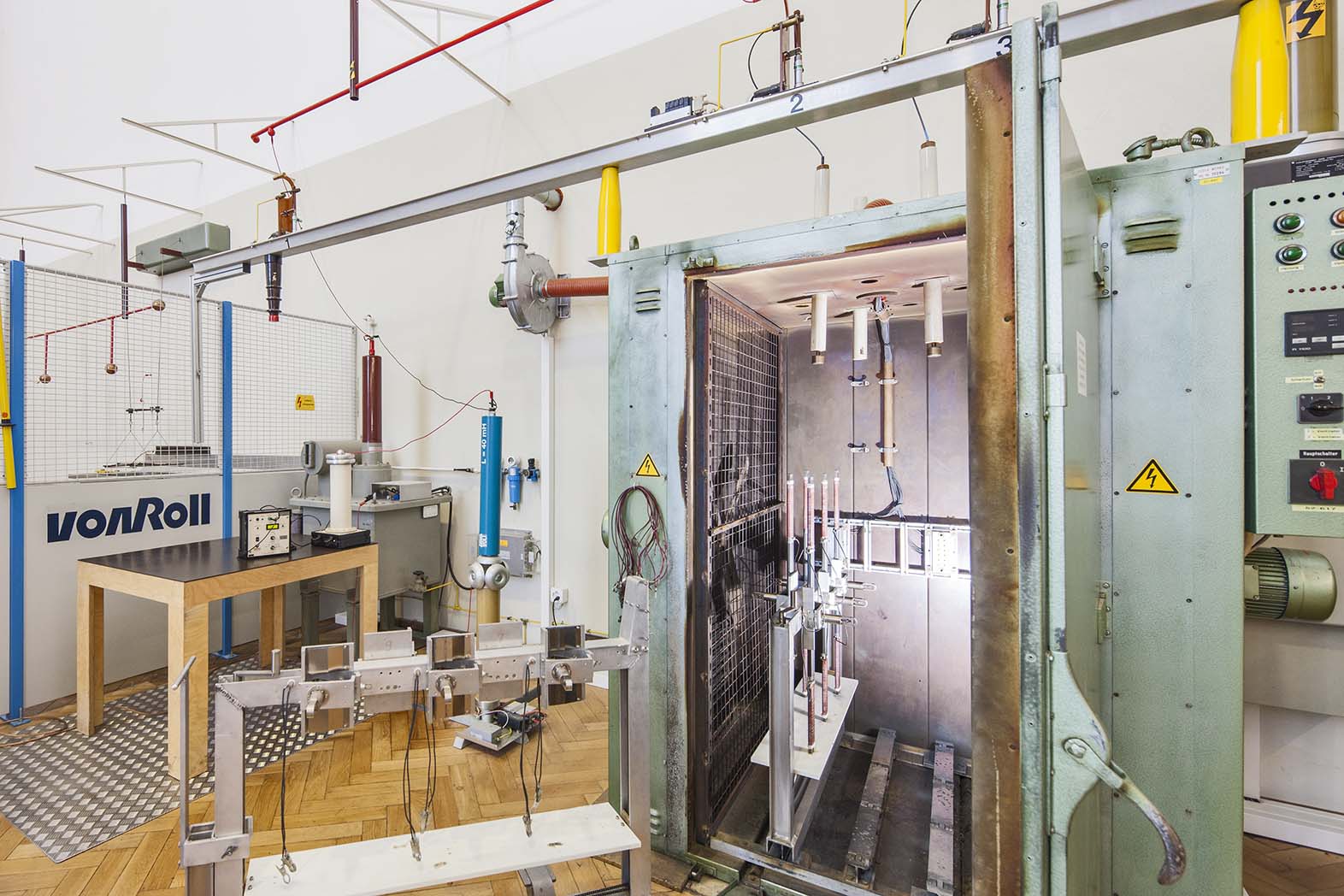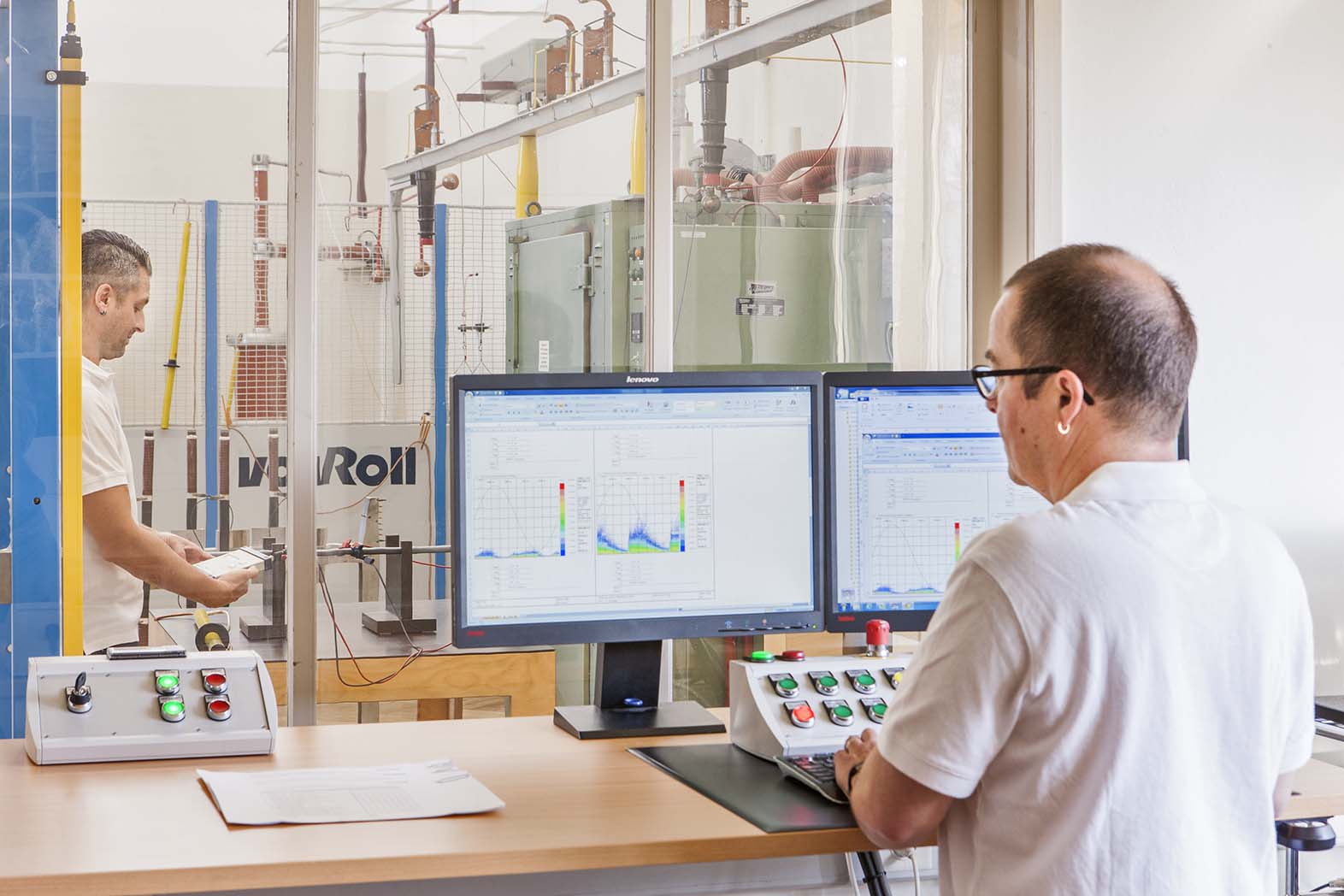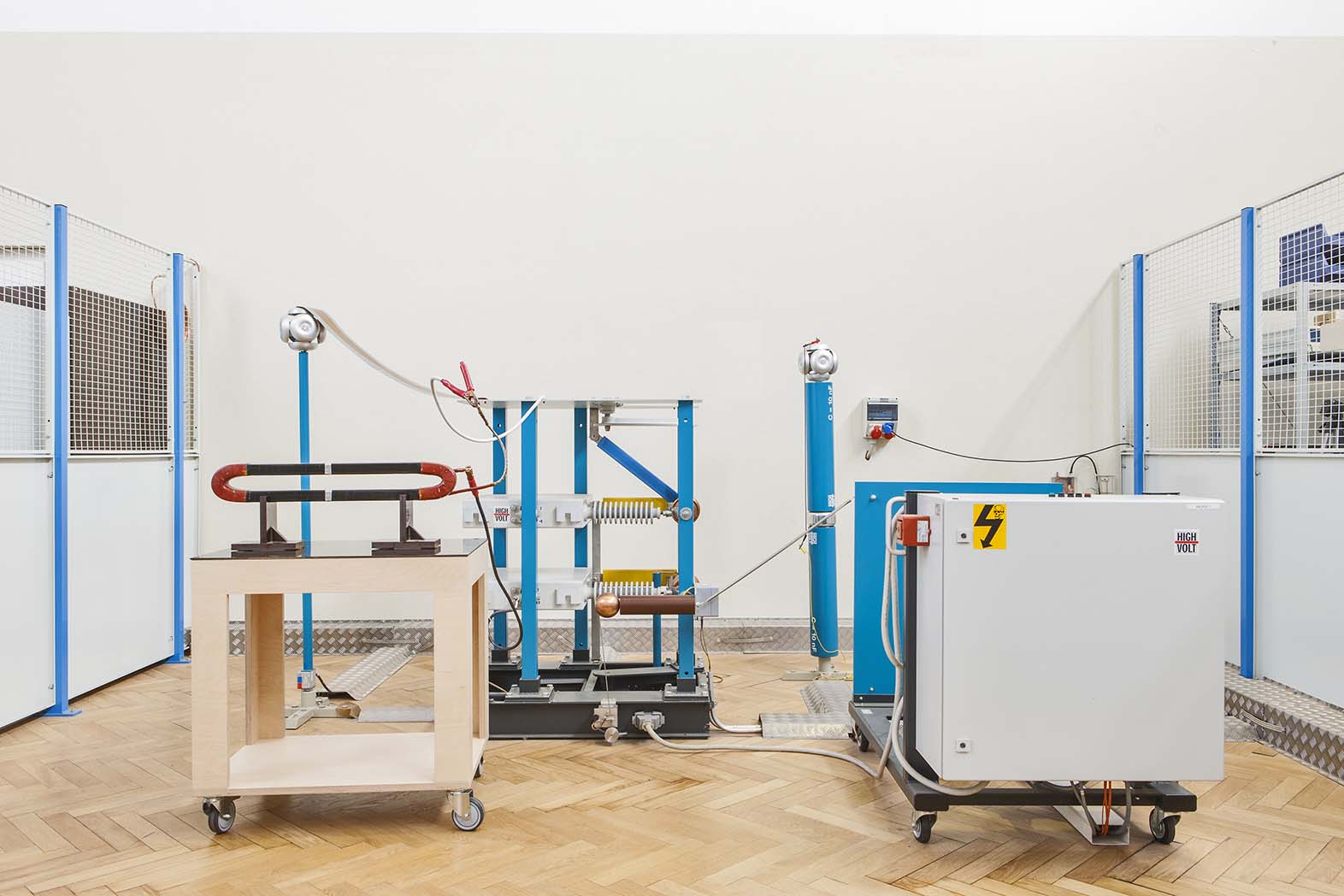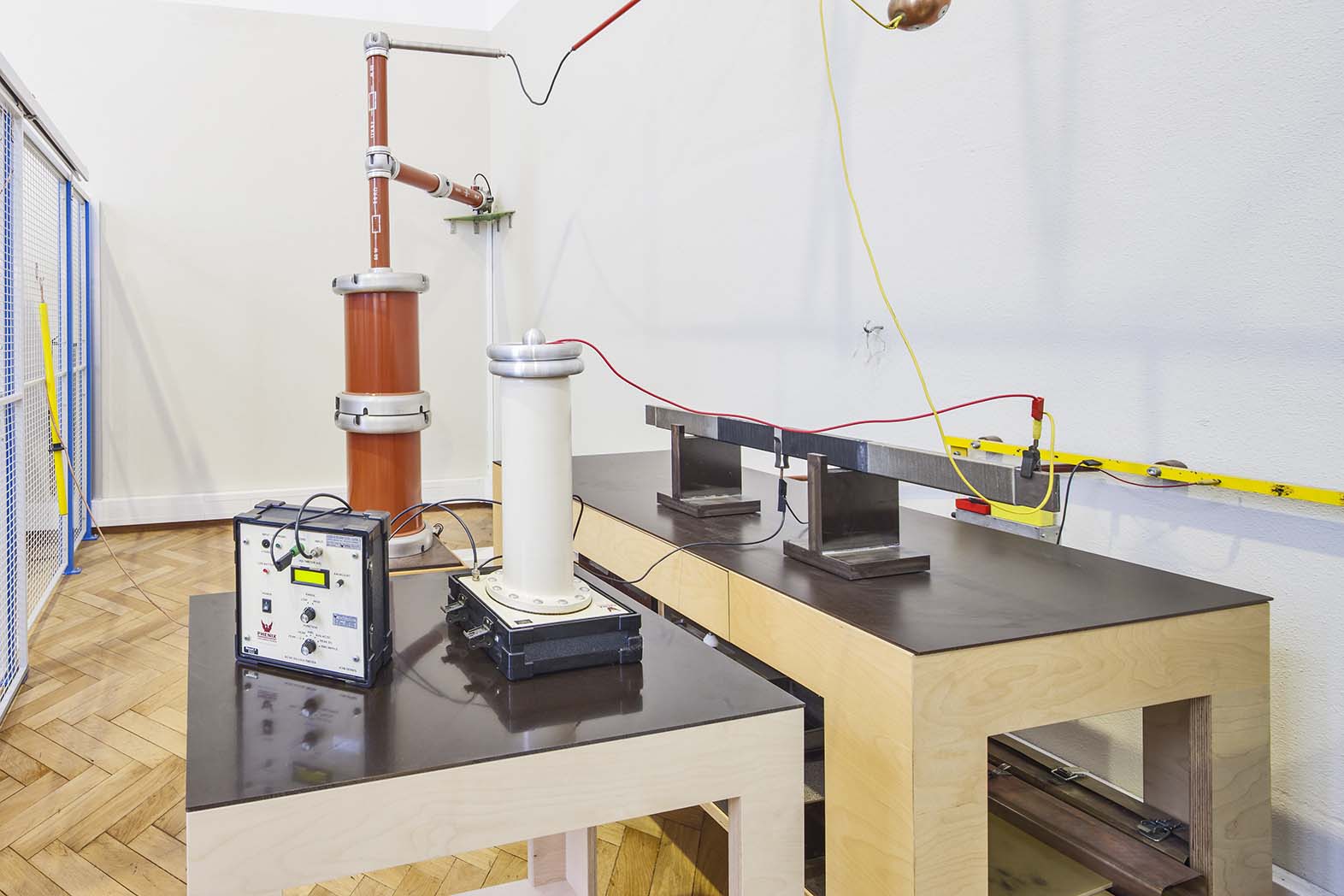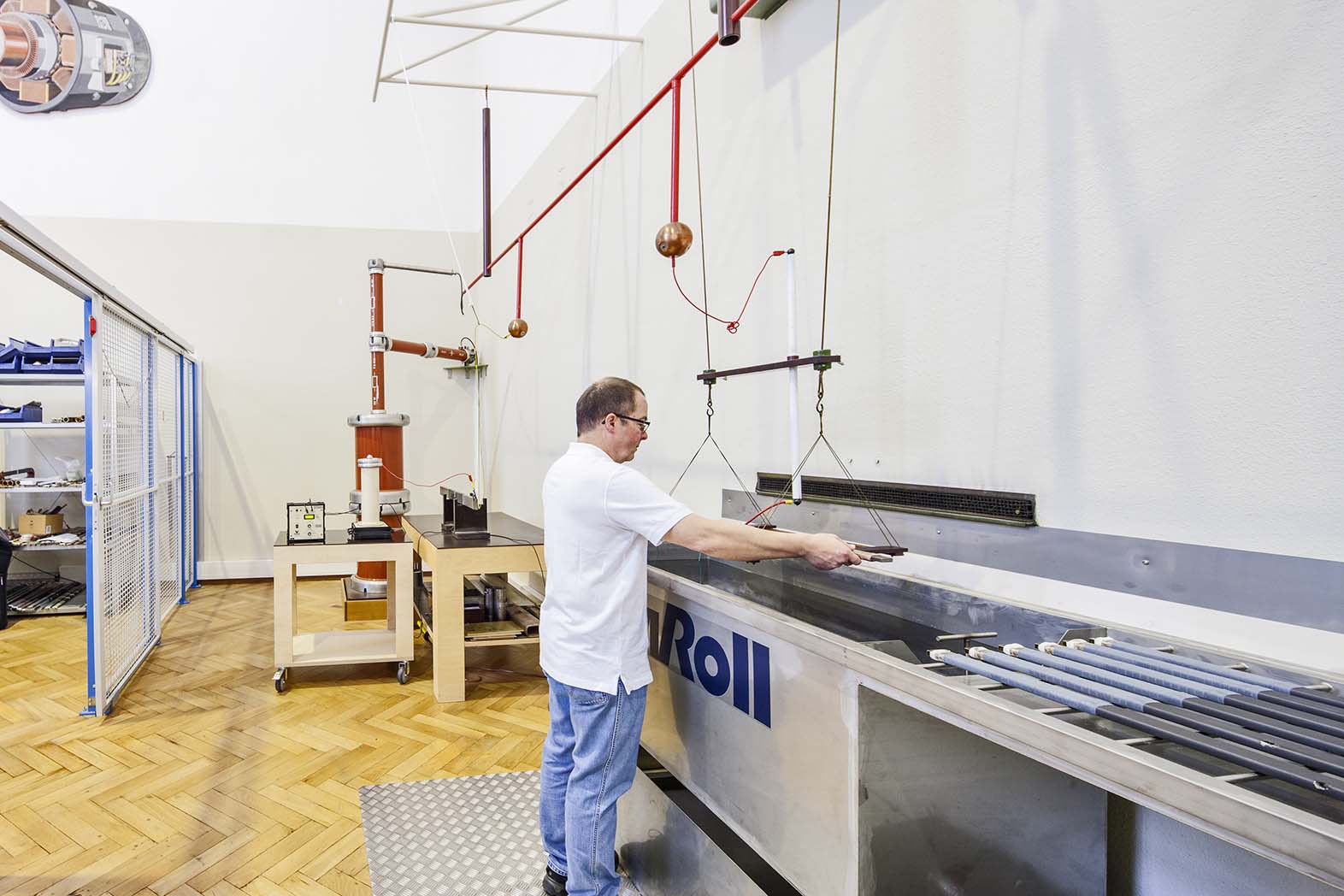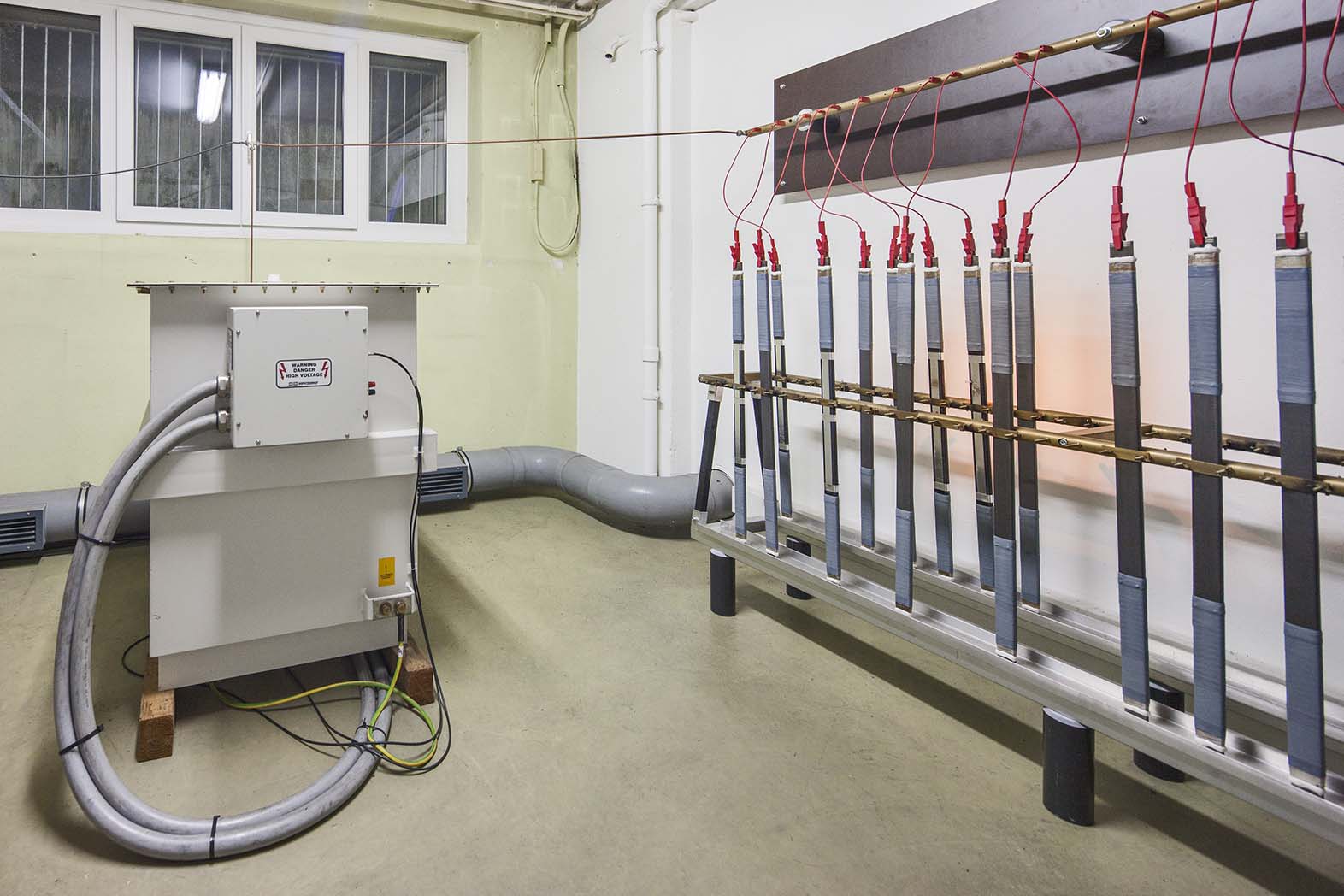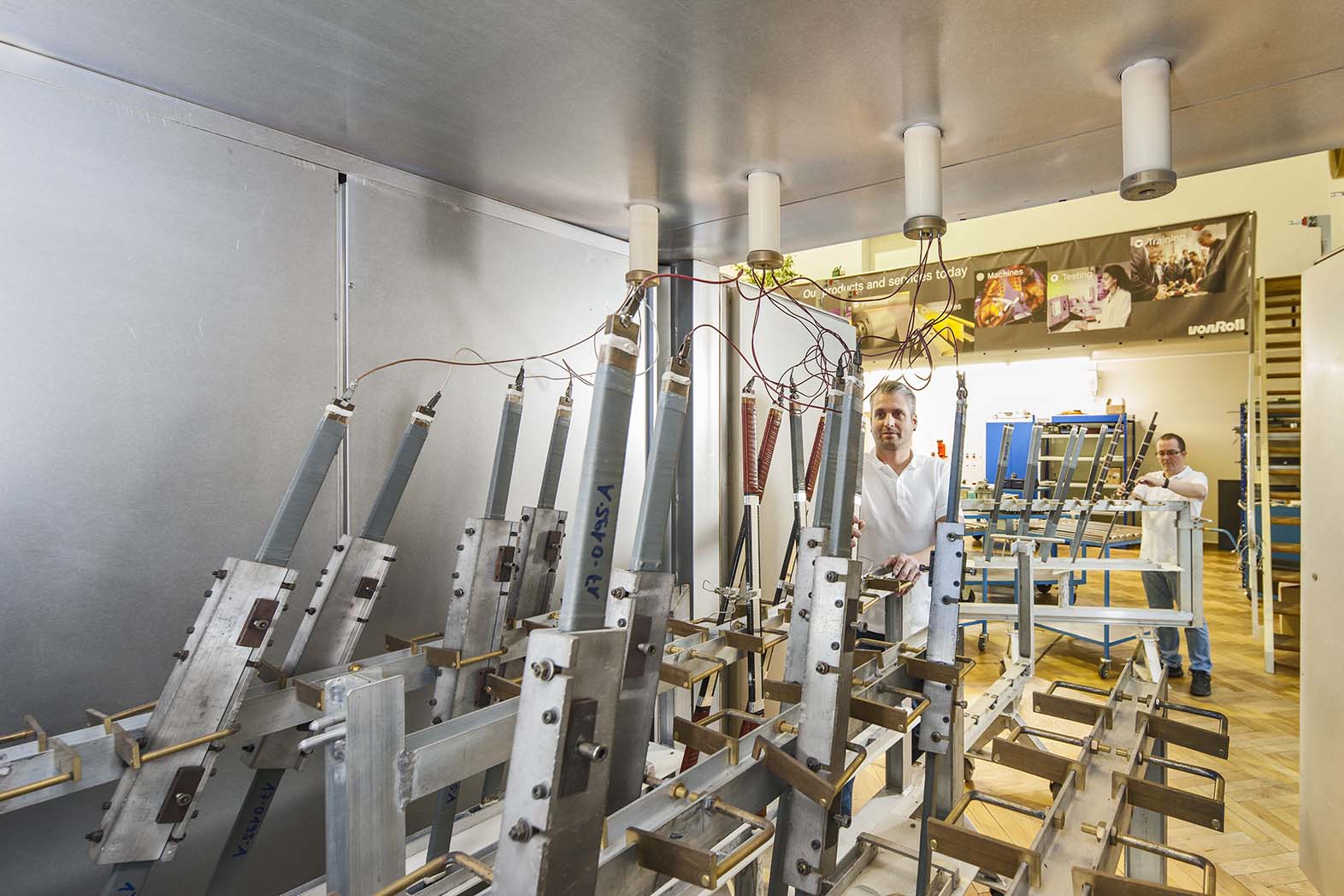Electrical thermal testing
Standards-compliant documentation with our test scenarios
You are conducting a qualification program for your high-voltage motor or generator and want to test its performance? Does your machine’s insulation meet the specifications? Is it resistant to overload? What are the effects of your machine aging? We help you answer these questions in standardized or customized test scenarios, and support you in documenting the results in a way that complies with standards.
Increasing voltage and temperature to test lifespan
According to your requirements, we create a test piece that includes all the electrical insulation components of your machines. Then we test these physically by simulating real conditions. At the same time, we increase the voltage and temperature to accelerate the aging of the materials used. This allows us to ascertain how long your material will withstand future stress.
Our Service
In addition, we test whether the components are chemically compatible with one another. For example, how well do tapes, corona protection products, adhesives, resins and varnishes work together in your system? And if you are considering replacing certain individual components, we will help you identify the pros and cons and point you toward alternatives.
